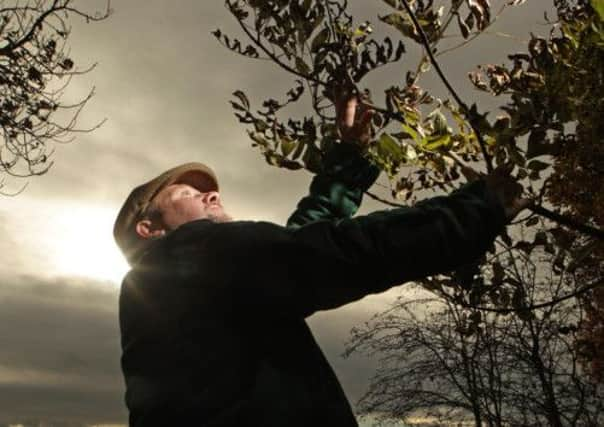Citizens become scientists to keep track of threats to our trees


It’s what they call people power.
In a small corner of York University, there’s a department which goes by the name of OPAL. The acronym stands for Open Air Laboratories and for the last seven years it has been marshalling the public to help it conduct research into the state of the country’s natural habitats.
The idea is simple. While the cost of sending armies of scientists out to map shifting populations of hedgehogs or track the health of native wildflower species would be prohibitive, the same results can be achieved by asking individuals to step out of their own front doors.
Advertisement
Hide AdAdvertisement
Hide Ad“OPAL was set up with the aim of engaging the public with the natural environment and as part of that each year we run a survey focusing on a different issue,” says Alison Dyke, one of OPAL’s community scientists for Yorkshire and Humber. “The surveys are commissioned by different organisations and the information which is collected by the public directly informs scientific debate.”
There are similar set ups across the country and in the past they’ve asked individuals to check for earthworms in their back garden and carry out tests on water quality. The focus of this year’s survey is trees or rather the bugs which can destroy them.
In the recent years the number of pests and diseases attacking native trees like oak, ash and horse chestnut has increased. OPAL has previously identified what it called its six “Most Unwanted”, including the oak processionary moth, Asian longhorn beetle and ash dieback What no one as yet knows is how prevalent these bugs are and whether there a regional population differences.
“The only way of building up a detailed picture of the current state of Britain’s trees is to ask people to complete our survey,” adds Alison. “The one thing to say is that you don’t need a background in science or any specialist training. It’s really just a question of opening your eyes and recording what you see.”
Advertisement
Hide AdAdvertisement
Hide AdThis year OPAL is running the survey on behalf of the Forestry Commission’s Forest Research agency, and the Food and Environment Research Agency and it comes as experts are becoming increasingly concerned for the future of native species.
That concern has been heightened following the arrival of ash dieback on British shores. First identified in the UK last year, it is now established in 14 counties around the country and last year 100,000 trees had to be destroyed in an effort to stem the spread of the disease.
“Oak, ash and horse chestnut are all reasonably easy to identify and all three face a very real threat,” says Alison. “Ash dieback, which is caused by the dieback, caused by the fungus chalara fraxinea fungus can kill young trees within one growing season of symptoms, including significant leaf loss, becoming visible. “We are one of the biggest citizen science projects and we generally get between 4,000 and 6,000 responses which means we end up with a pretty decent sample of research.
“The more results we receive, the more scientists can learn about the spread of pests and diseases, but we are just as interested in knowing about areas where trees are currently healthy as those which are faring less well.”
The survey closes at the end of the month.
To take part in the survey go to www.opalexplorenature.org/TreeSurvey. Results can either be sent back by post or recorded online.